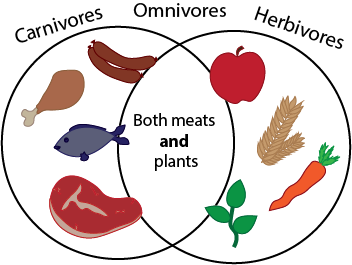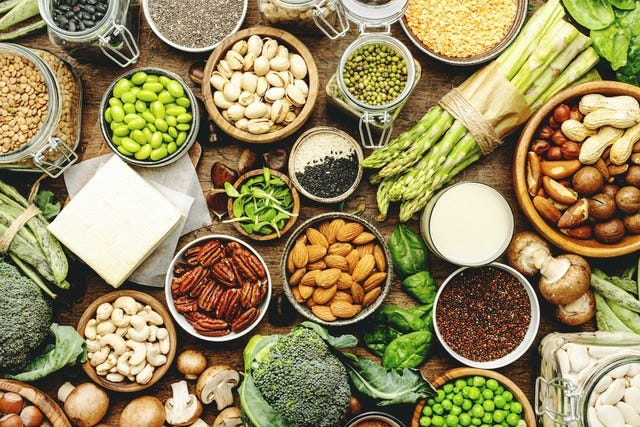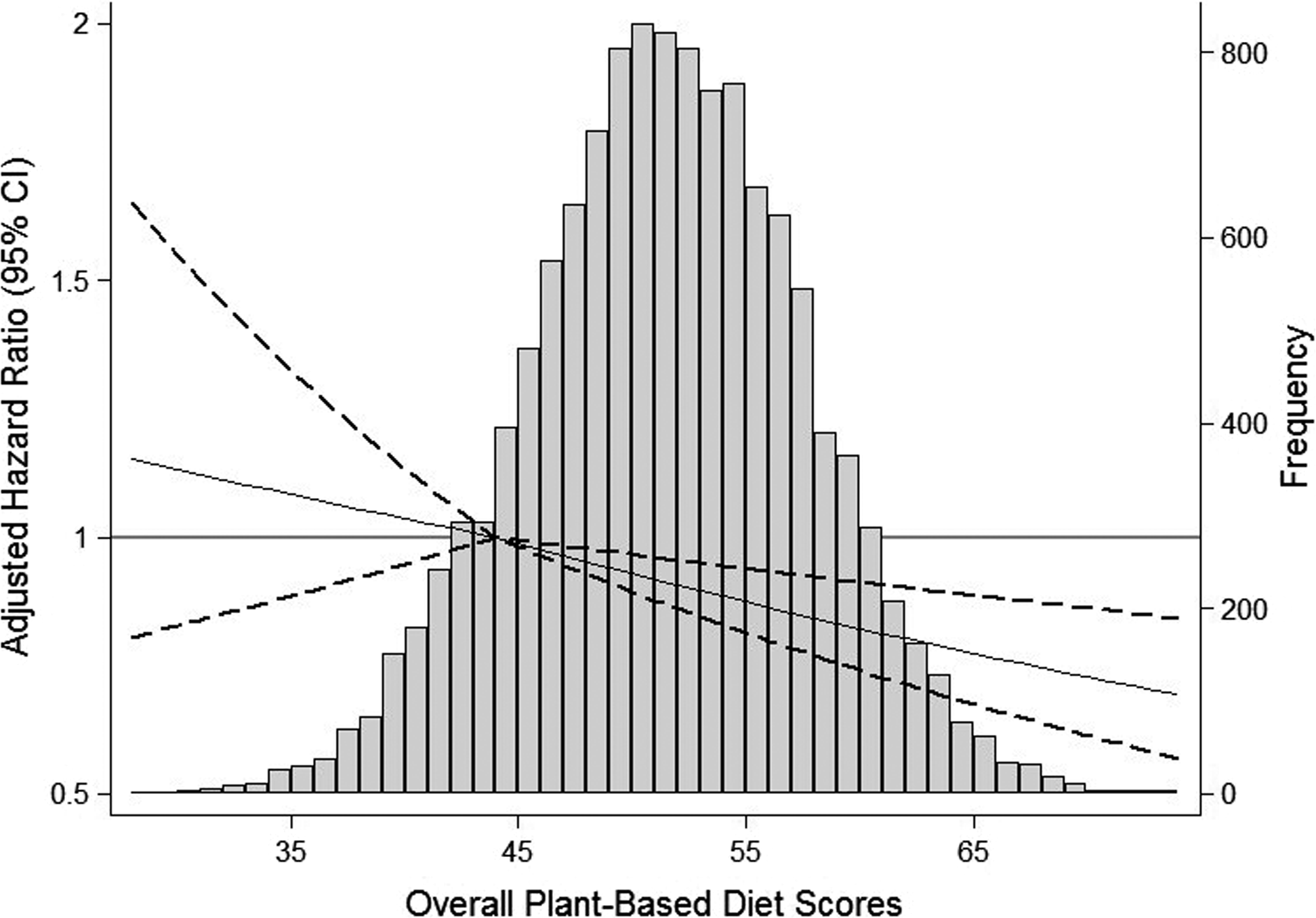
You should look for several things in a great vegan cookbook. You want a cookbook that has a strong narrative, easy-to-follow recipes, ingredients that are readily available, and an affordable price point. It is important that both new and more experienced cooks have access to the same book.
Jo Pratt’s vegan cookbook
Jo Pratt works as a food stylist, presenter, and award-winning journalist. She has written articles for Waitrose Foods and BBC Good Foods and is a frequent contributor of Elle and Glamour magazines. She has worked alongside well-known chefs like Marcus Waring and Jamie Oliver. She has appeared on television programs such as Good Food, BBC and others. Jo is a food stylist and executive chef at The Gorgeous Kitchen, an award-winning restaurant.

Ching He Huang's vegan recipe book
Ching-He Huang, a well-respected and highly-acclaimed TV chef and author of cookery books, is highly respected. This vegan cookbook features Asian cuisines and includes recipes to make your own seitan or tofu. It includes vegan burgers recipes and curries. Ching-He Huang also maintains a website and is active socially. Kyle Books sells her book at PS20.
Richa Hingle's vegan cookbook
Richa Hingle's vegan cookbooks are based on plant-based cuisines. Richa Hingle's vegan cookbooks offer delicious and nutritious options for breakfasts, snacks, main courses, and desserts. The recipes also include a wide variety of dals and curries.
Toni Okamoto's vegan recipe cookbook
Toni Okamoto’s Vegan Cookbook contains healthy recipes and is easy to make. The book contains more than 100 recipes that can be made quickly. The book also contains helpful indexes and shopping lists and meal planning. These features make the book a great choice for novice and seasoned cooks.
BOSH! Lauren Toyota
You've found the right place if you are looking for a cookbook that is plant-based. The BOSH! The BOSH! cookbook is a comprehensive guide to plant-based cuisine. It includes 80 recipes and a meal plan. This cookbook has made vegan cooking a global phenomenon. It's one the fastest growing channels online and has helped many people discover new vegan dishes.

Monroe's vegan cookbook
In Monroe's Vegan(ish) cookbook, the author presents 100 incredibly healthy and affordable recipes for cooking on a budget. You will find healthy recipes for breakfast, lunch, dinner, and desserts in the cookbook. Readers love the cookbook because the recipes are both filling and affordable, and you'll be surprised at how much you can eat for under $10!
FAQ
How do you measure body fat?
A Body Fat Analyzer (BFA) is the best method to measure bodyfat. These devices are used to determine the body's percentage for people who want weight loss.
How can I control my blood pressure?
You must first determine the cause of high blood pressure. Next, you must determine the cause and take steps to decrease it. You can do this by eating less salt, losing weight, or taking medication.
You also need to make sure you are getting enough exercise. If you don't have time for regular exercise, then try walking as often as possible.
If you are unhappy about how much exercise you do, you might consider joining a fitness club. You'll probably want to join a gym where there are other people who share your goals. It's easier to stick to an exercise routine when you know someone else is going to see you at the gym.
Do I have to count calories?
It is possible to wonder "what the best diet is for me?" or "is counting calories necessary?" It depends on several factors such as your current health, personal goals, preferences, and overall lifestyle.
Which one is right for you?
The best diet for me depends on my current health status, my personal goals, my preferences, and my overall lifestyle. There are many good and bad diets. Some are better for certain people than others. What should I do then? What can I do to make the right decision?
These questions are addressed in this article. It begins with an overview of the different diets today. After that, you will learn about the pros and disadvantages of each type. We'll then discuss how to choose which one is best for you.
Let's first take a look at different diets.
Diet Types
There are three main types. Low fat, high protein, or ketogenic. Let's discuss them briefly below.
Low Fat Diets
A low fat diet reduces the amount of fats you eat. This is done by reducing your intake of saturated oils (butter and cream cheese, etc.). They should be replaced by unsaturated oil (olive oils, avocados, etc.). Low fat diets are often recommended to those who wish to lose weight quickly. This diet can cause constipation, heartburn, and stomach problems. In addition, it may lead to vitamin deficiencies if a person doesn't get enough vitamins from their food.
High Protein Diets
High protein diets are known to restrict carbohydrate intake and promote the consumption of protein. These diets usually have higher amounts of protein than other diets. They are meant to help build muscle mass and burn more calories. One problem is that they may not provide adequate nutrition to someone who needs it. Also, they tend to be very restrictive, so they aren't suitable for everyone.
Ketogenic Diets
These diets are also known under the name keto diets. They are high in fat and moderate in protein and carbs. They are typically used by athletes and bodybuilders because they allow them to train harder and longer without getting tired. You must adhere to all side effects such nausea, headaches, fatigue.
Statistics
- nutrients.[17]X Research sourceWhole grains to try include: 100% whole wheat pasta and bread, brown rice, whole grain oats, farro, millet, quinoa, and barley. (wikihow.com)
- According to the 2020 Dietary Guidelines for Americans, a balanced diet high in fruits and vegetables, lean protein, low-fat dairy and whole grains is needed for optimal energy. (mayoclinichealthsystem.org)
- The Dietary Guidelines for Americans recommend keeping added sugar intake below 10% of your daily calorie intake, while the World Health Organization recommends slashing added sugars to 5% or less of your daily calories for optimal health (59Trusted (healthline.com)
- Extra virgin olive oil may benefit heart health, as people who consume it have a lower risk for dying from heart attacks and strokes according to some evidence (57Trusted Source (healthline.com)
External Links
How To
What does "vitamin" actually mean?
Vitamins are organic compounds naturally found in food. Vitamins aid us in absorbing nutrients from the food we eat. Vitamins cannot be made by the body; they must be taken from food.
There are two types if vitamins: water soluble, and fat soluble. Water soluble vitamins dissolve easily in water. Some examples include vitamin C,B1 and B2 vitamins (thiamine), B2 and riboflavin, B3 and niacin, B6 vitamins (pyridoxine), B6 vitamins (niacin), folic acids, biotin, pantothenic acids, and Choline. Fat soluble vitamins are stored in the liver and fatty tissue. You can find vitamin D, E K, A and beta carotene as examples.
Vitamins are classified according their biological activity. There are eight major types of vitamins.
-
A - vital for normal growth and maintaining good health.
-
C - essential for proper nerve function, and energy production.
-
D - Essential for healthy teeth and bones.
-
E is required for good vision and reproduction.
-
K – Required for healthy muscles & nerves.
-
P - Vital for strong bones and teeth.
-
Q - aids in digestion of iron and iron absorption
-
R - Required for red blood cell production
The recommended daily allowance (RDA) of vitamins varies depending on age, gender, and physical condition. The U.S. Food and Drug Administration (FDA) sets the RDA values.
For adults aged 19 and older, the RDA for vitamin B is 400 micrograms daily. However, pregnant women need 600 micrograms per day because it is important for fetal development. Children ages 1-8 require 900 micrograms per day. Infants under one year of age require 700 micrograms per day, but this amount decreases to 500 micrograms per day between 9 months and 12 months of age.
Children between the ages of 1-18 need 800 micrograms per daily for obesity, while those overweight require 1000 micrograms. To meet their nutritional needs, children underweight and obese need 1200micrograms.
Children 4-8 years old with anemia will need 2200 mg of vitamin D daily.
Adults over 50 years of age need 2000 micrograms per day for general health. Breastfeeding or pregnant women require 3000 micrograms per daily due to higher nutrient demands.
1500 micrograms are required daily by adults over 70 because they lose approximately 10% of their muscle each decade.
Women who are pregnant, nursing or breastfeeding need more than the RDA. Pregnant mothers need 4000 micrograms per daily during pregnancy and 2500 after giving birth. Breastfeeding moms need 5000 micrograms per daily when breastmilk production occurs.